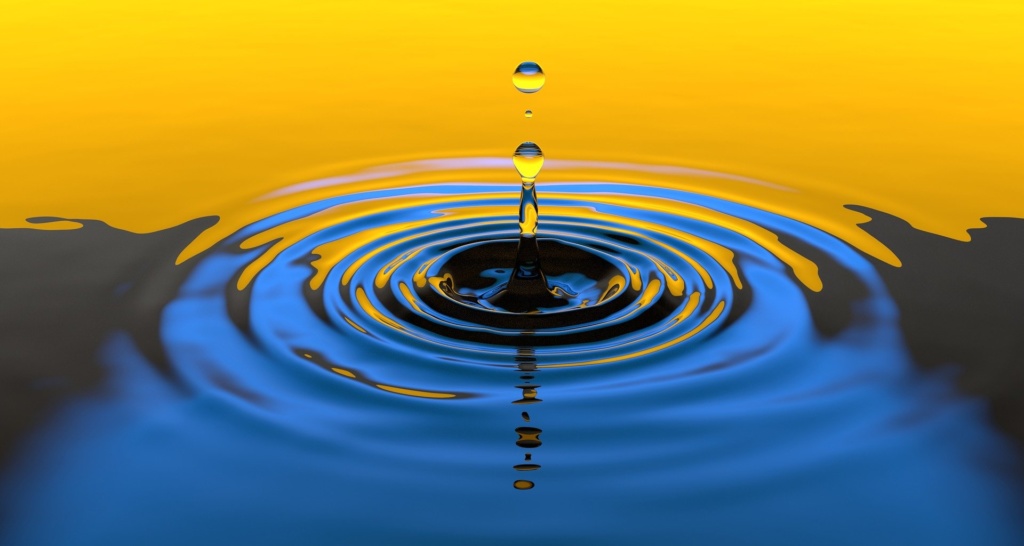
By Viet Ha, Staff Writer for Save The Water™ | February 17th 2014
Do you want to save the water but don’t know how? Or maybe you have heard too many depressing news about everything, including water?
Let’s look at how people around the globe contribute to make lives easier and more meaningful, through their success stories. These stories are just a few cases to show you that people from any background can change the current water issues in their hometown using available technology for water treatment. Take a look!
MEXICO CITY
Here and there, we have heard of lack of access to clean water, not just in remote areas in developing countries or deserted regions in Africa, but in suburban cities around the globe as well. For Enrique Lomnitz[i], that is the reality in his hometown in Mexico City, where 10 million people cannot get access to clean water easily. Enrique and his friend came up with a simple filtration system that is installed in each household to make use of the abundant rainwater in the area. And what’s more, it is affordable! Four years and 1,300 systems later, Enrique is now able to sell the filtration system, with government funding and corporate donations, and offer philanthropic micro-loans. Visit Enrique’s website and check out his progress.
Visit Enrique’s website and check out his progress: https://www.facebook.com/IslaUrbana/
THAILAND
In South East Asia, flooding is a matter of time, and it hardly ever fails to meet the schedule. What is more challenging is the quality of water in the aftermath of a flood. For the Thai people, however, there might just be a solution to their problem, with SOS Water System[ii]. A few years back, the National Nanotechnology Center in Thailand (NANOTEC) has successfully invented the system that utilizes silver nanoparticles[iii] to filter water. This system operates on solar energy and so it helps solve the dilemma of having extensive power-cuts. It is also mobile and suitable for household use, with the capacity of producing 200 liters[iv] of water per hour! For a region isolated by floods, transportation is difficult and clean water is almost impossible to find. Now, thanks to the SOS Water System, access to filtrated water is within reach[v].
SWEDEN
By now, if you are thinking those techniques and systems are out of your reach, think again. This interesting machine might change your mind. Taking an odd turn, Swedish engineer Andreas Hammar invented the first machine that can turn, wait for it… sweat into water[vi]. Is it drinkable? YES! Its extracting components were the result of a collaboration between him and The Royal Institute of Technology in Stockholm. “It uses a technique called membrane distillation,” said Hammar, “We use a substance that’s a bit like Goretex that only lets steam through but keeps bacteria, salts, clothing fibers, and other substances out.”[vii] As excited as you might be at the prospect of drinking your own sweat, you might have to reconsider your daily regime, since that T-shirt you are wearing may give you at most, a mouthful[viii] of water. Despite this major shortcoming, it makes you appreciate how precious water really is, doesn’t it?
So, if you are well-acquainted with clean tap water, these stories may urge you to rethink your daily water usage. If you are an innovative person heated up with new ideas on how to solve the issue of clean water access, join the club! These innovators have taken their part in changing the lives of people, and you can too. Most importantly, always remember to save water, because it means saving life.
References
[i] Technology Review – MIT list of innovators under 35 (2013)
<https://www.technologyreview.com/lists/innovators-under-35/2013/humanitarian/enrique-lomnitz/> Accessed September 19, 2013.
[ii] NANOTEC – SOS Water system
<https://www.nanotec.or.th/en/?p=3721> Accessed September 19, 2013.
[iii] IEEE Spectrum, “Simple Solutions based on Nanotechnology Help Flood Victims in Thailand”, by Dexter Johnson, 6 September 2012
<http://spectrum.ieee.org/nanoclast/semiconductors/nanotechnology/simple-solutions-based-on-nanotechnology-help-flood-victims-in-thailand> Accessed September 19, 2013.
[iv v vi] BBC News, “How Nanotech can help after Flooding”, 3 September 2012, <http://news.bbc.co.uk/2/hi/programmes/click_online/9747481.stm> Accessed September 19, 2013.
[ vii viii ix] The Independent UK “Unicef’s ‘sweat machine’ turns perspiration into drinkable water”, by James Vincent, 19 July 2013
<https://www.independent.co.uk/news/science/unicefs-sweat-machine-turns-perspiration-into-drinkable-water-8720670.html> Accessed September 19, 2013.

